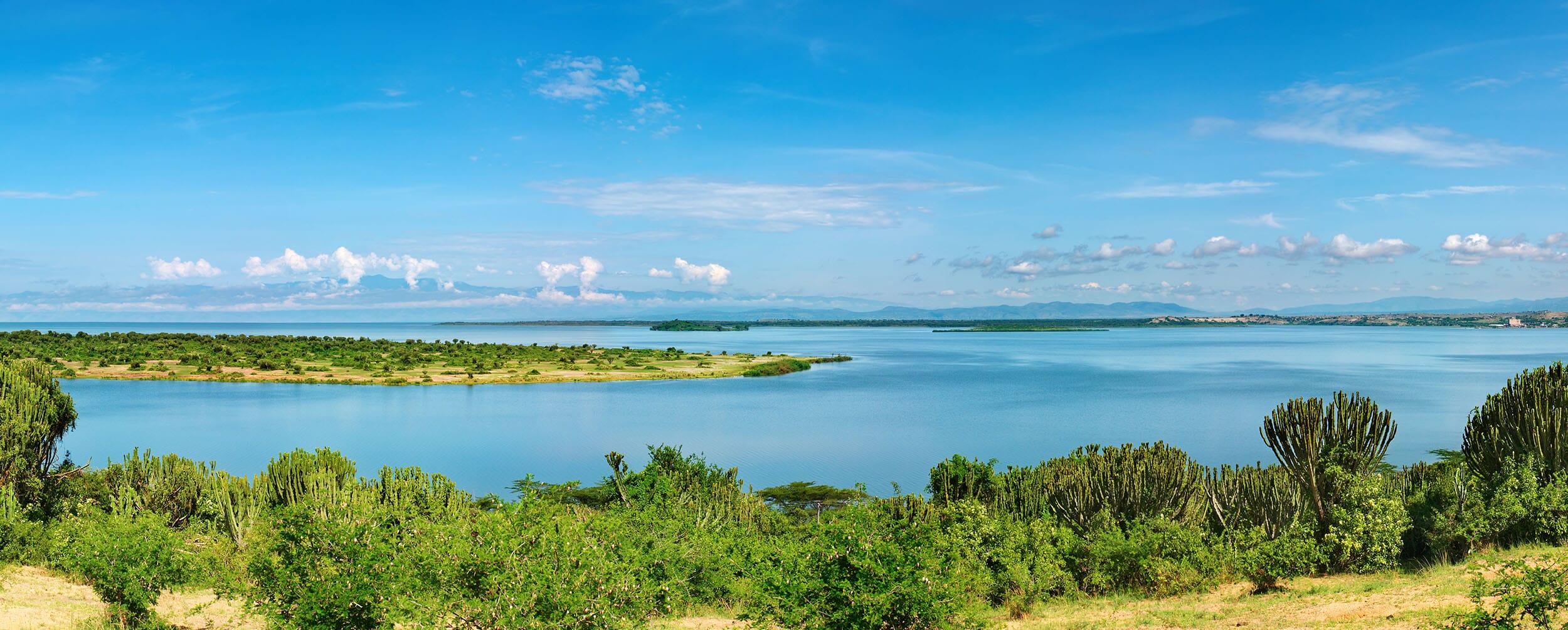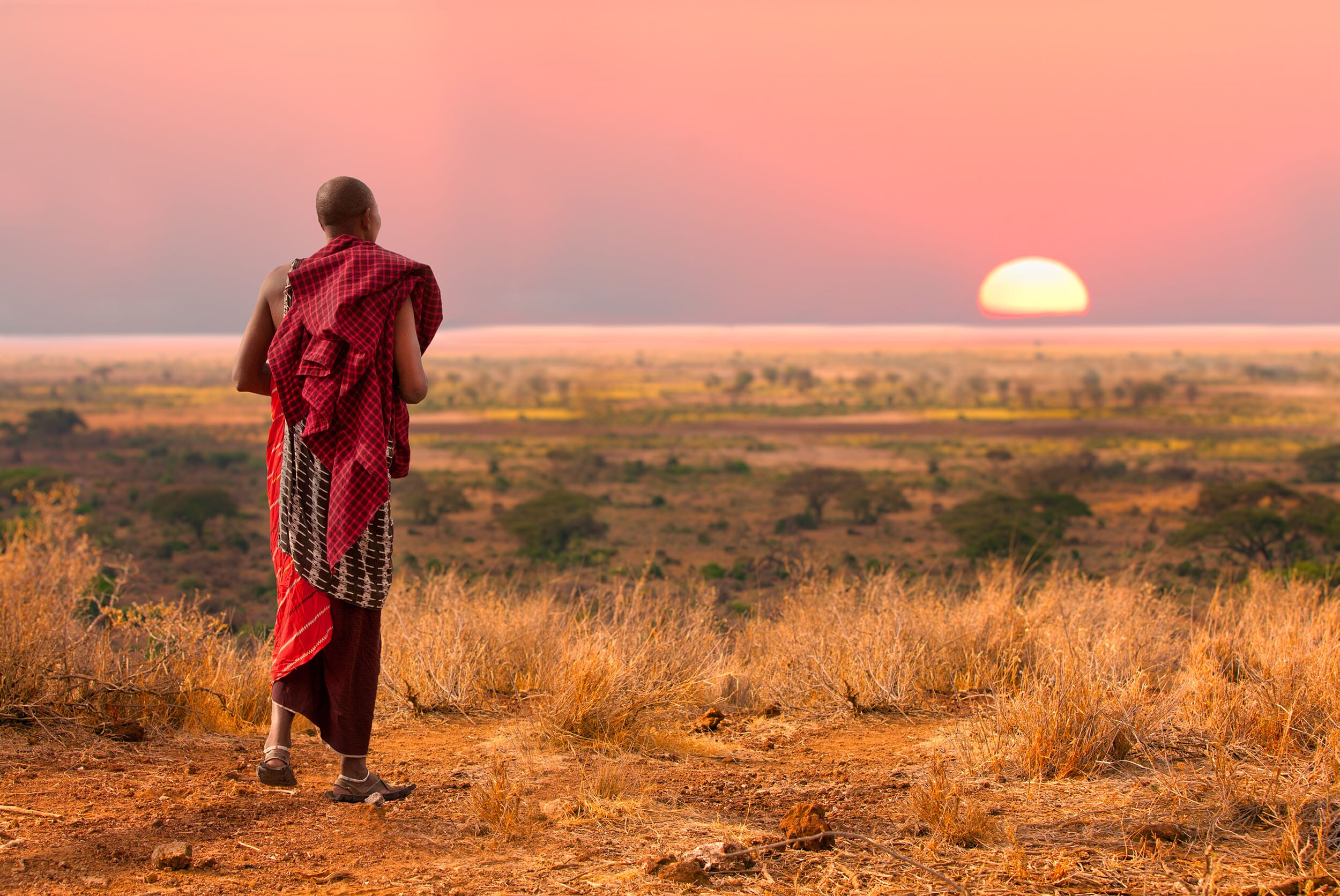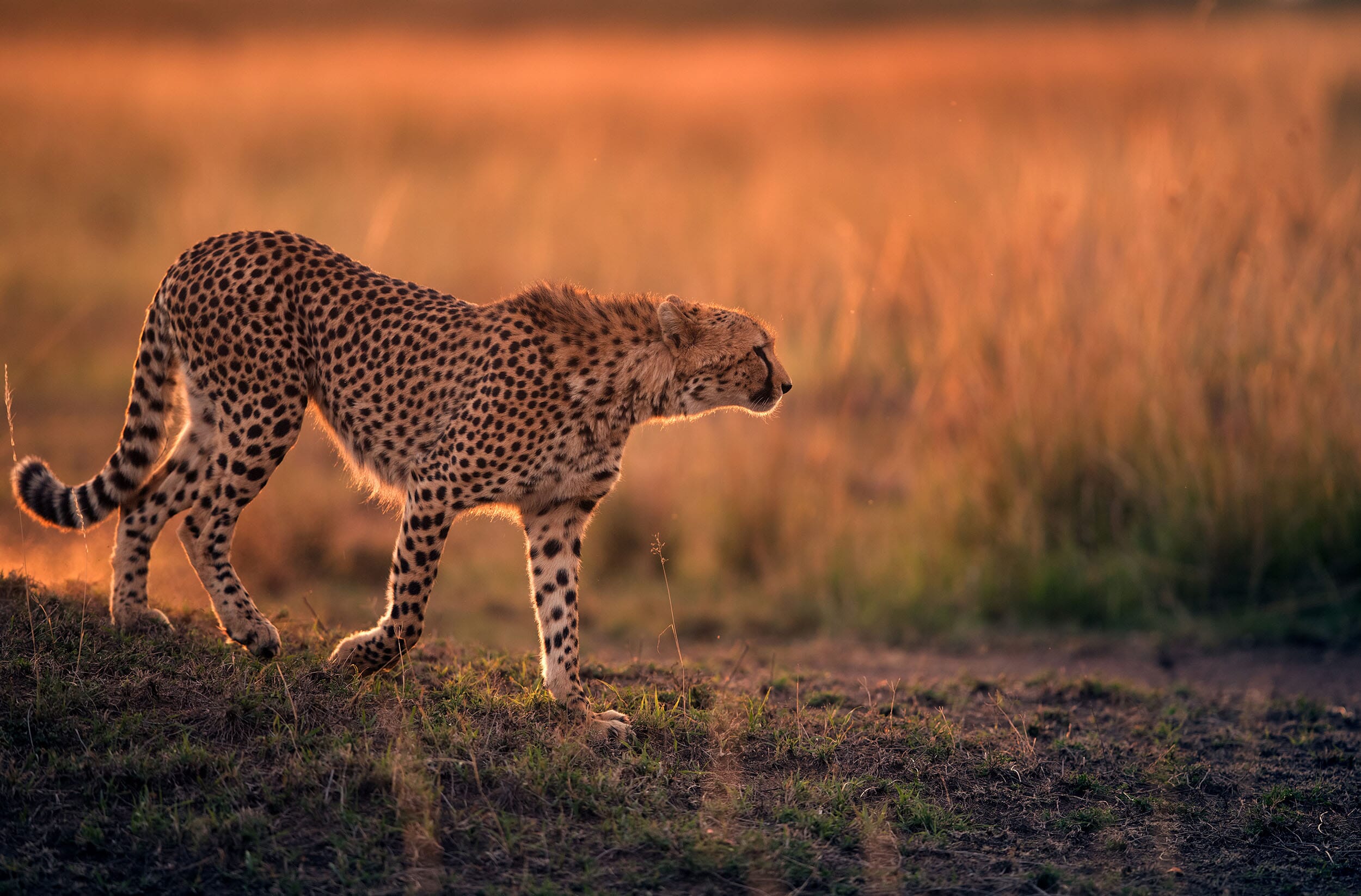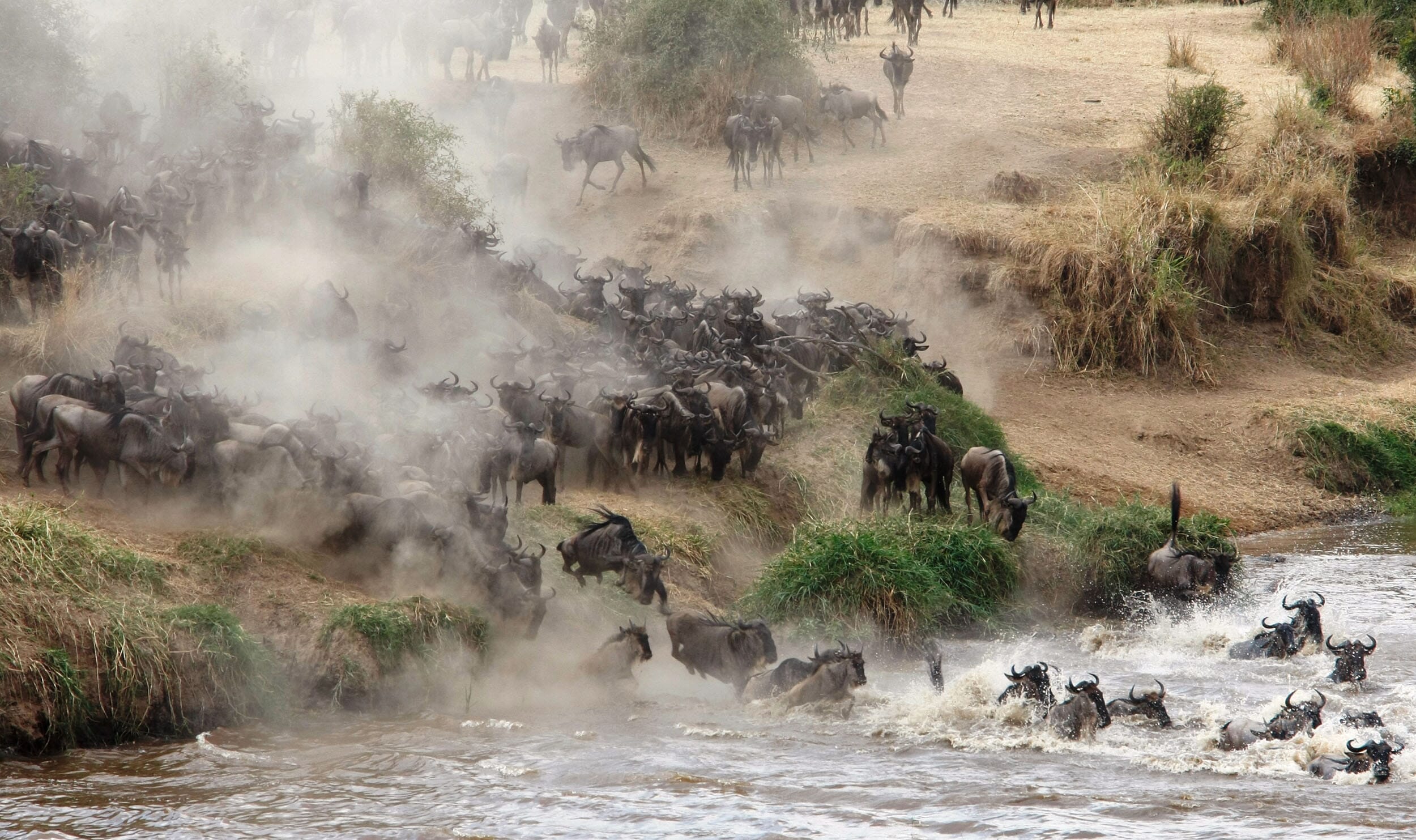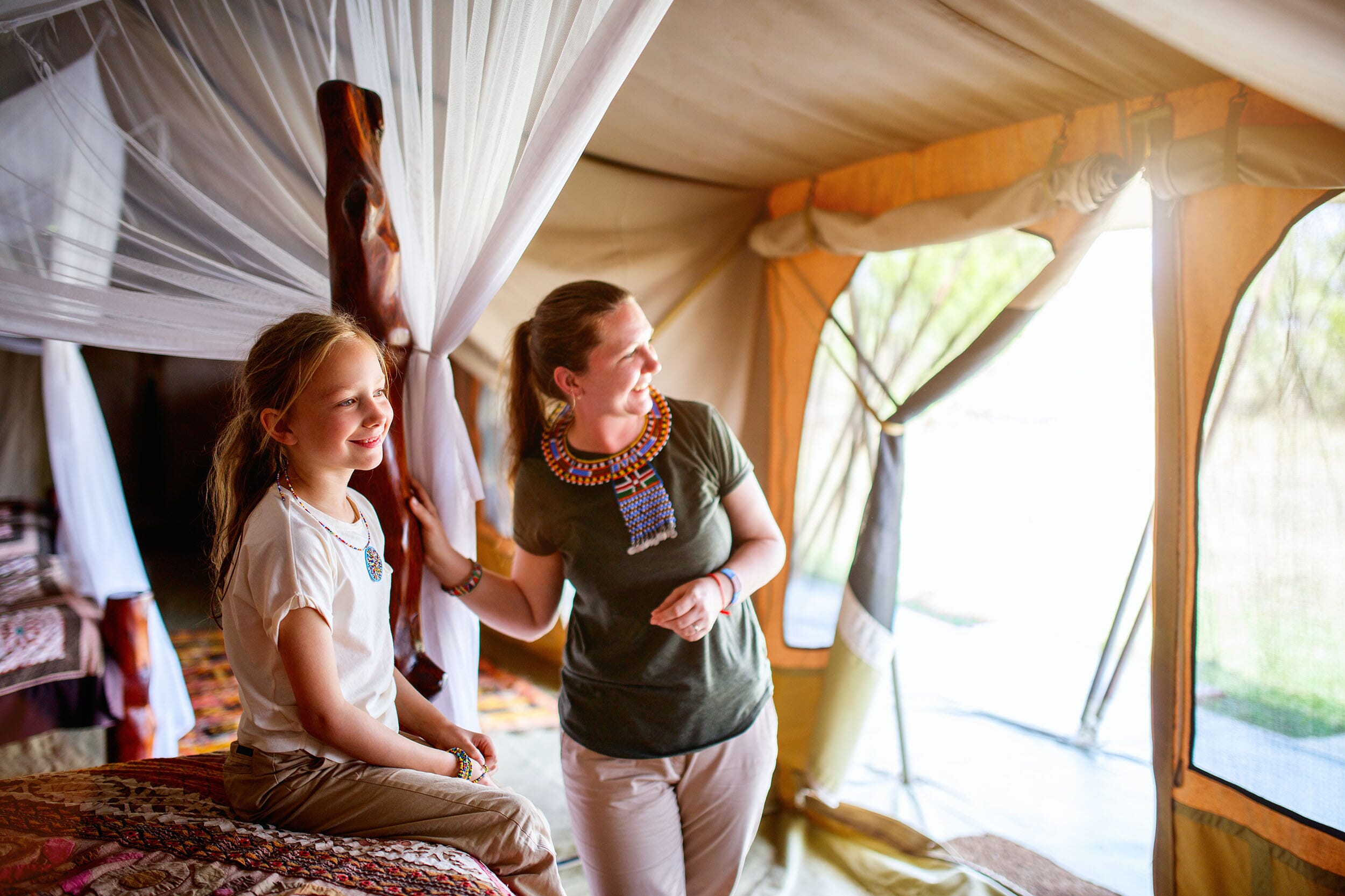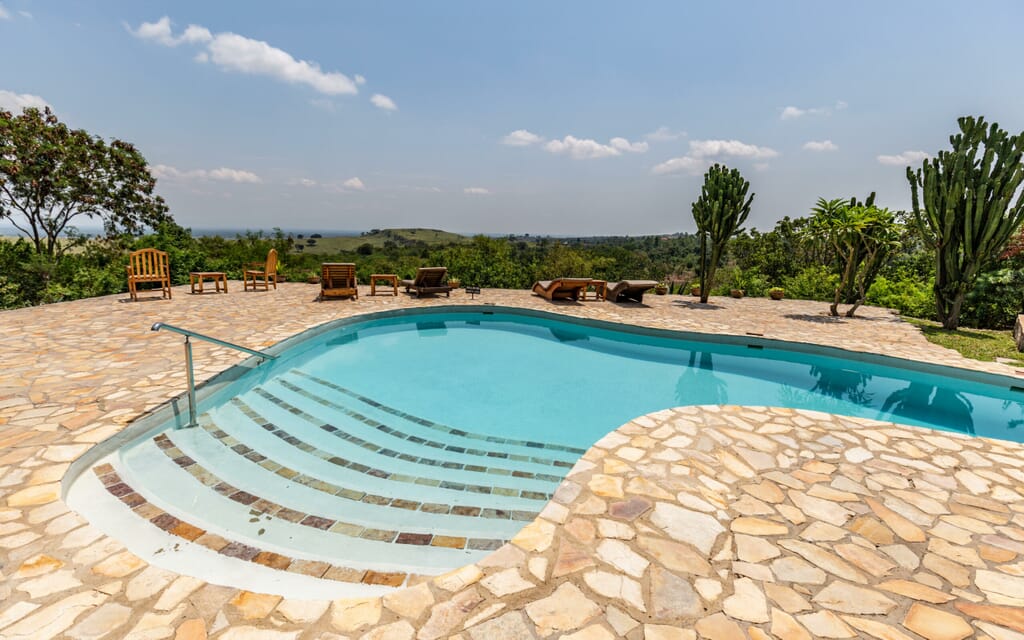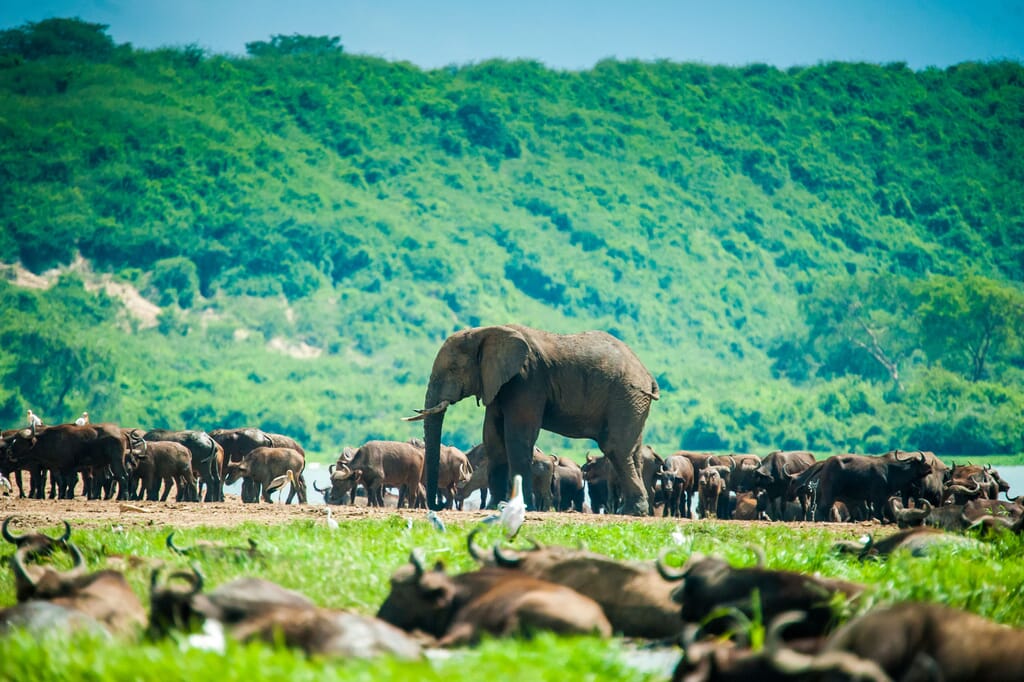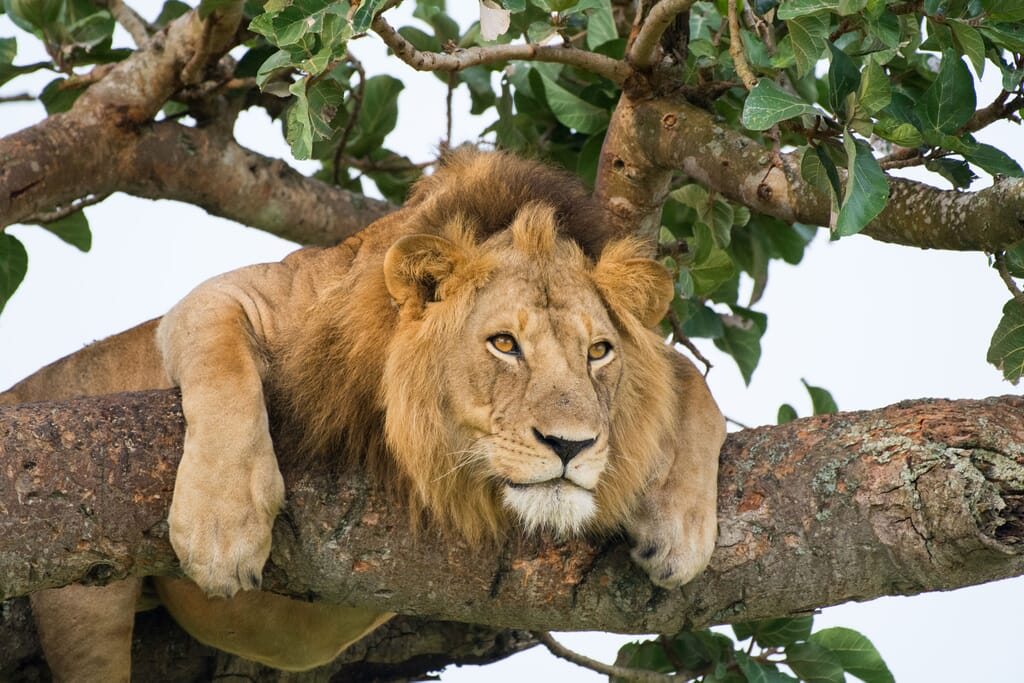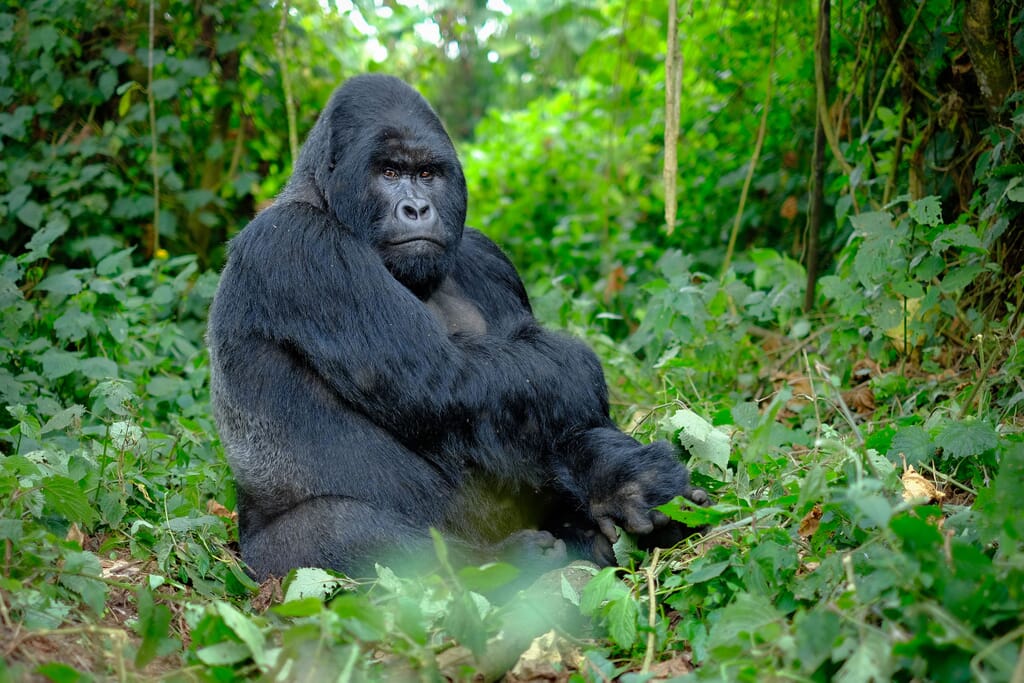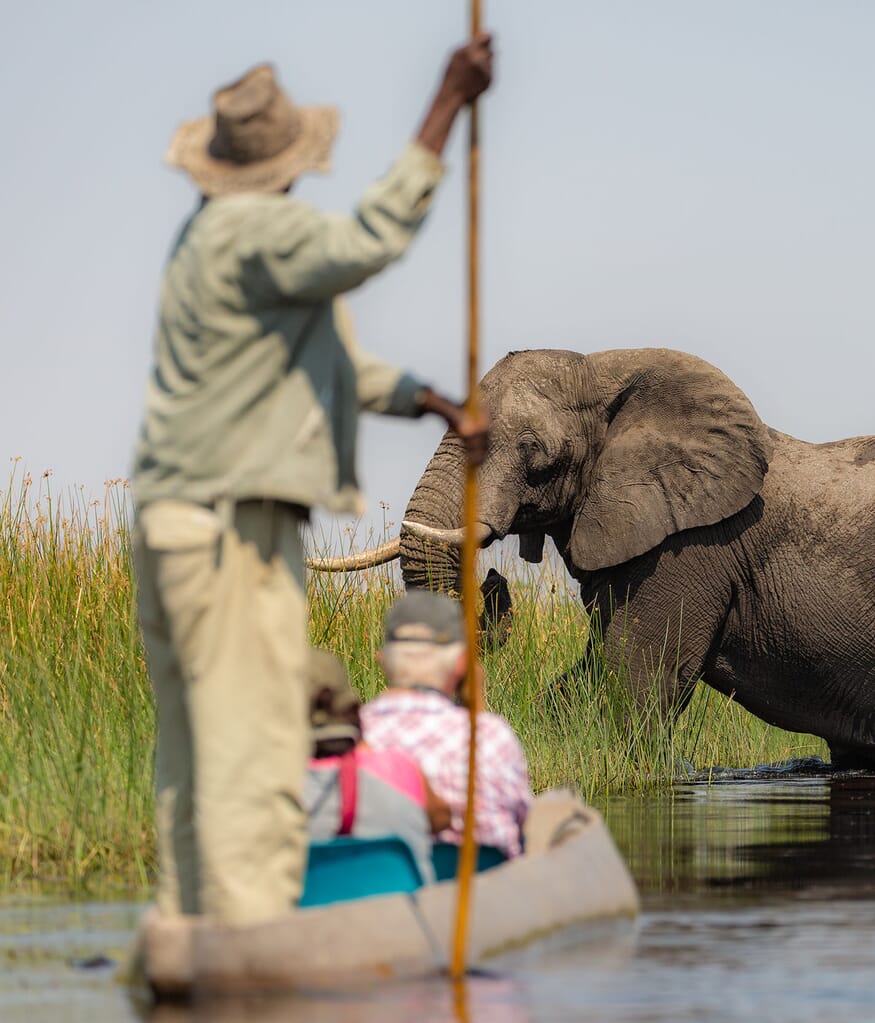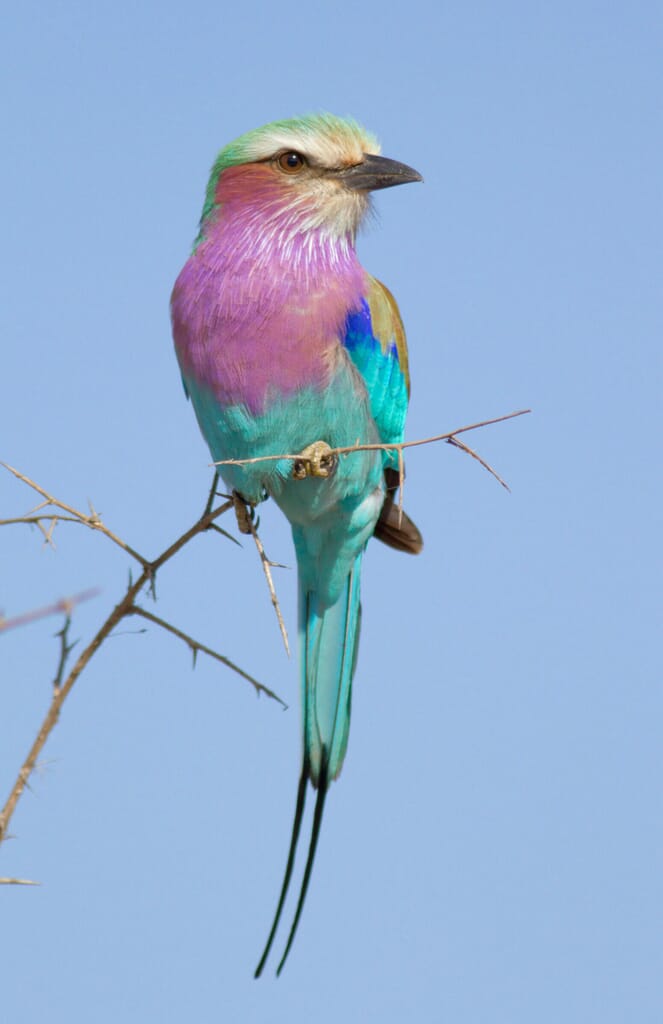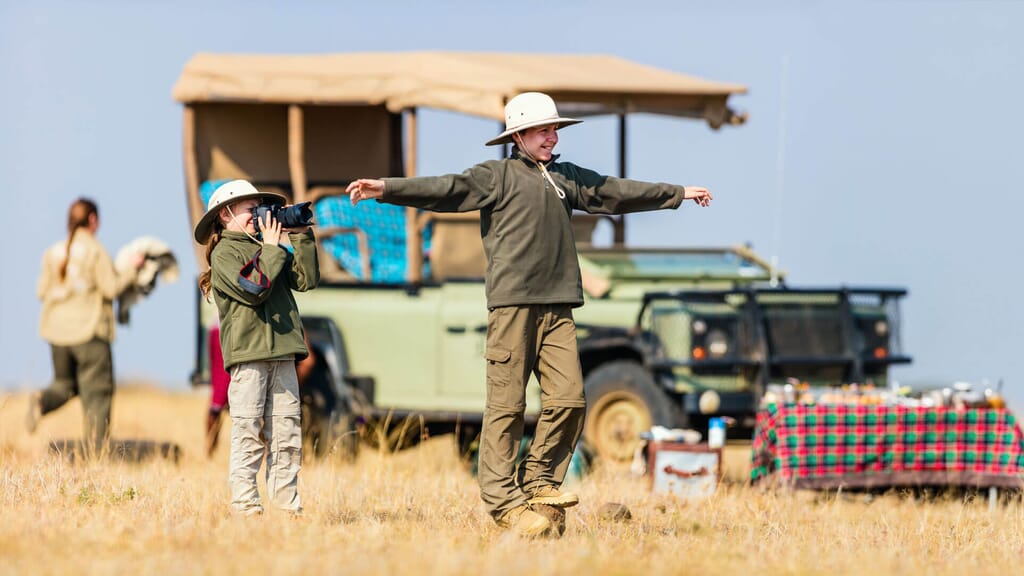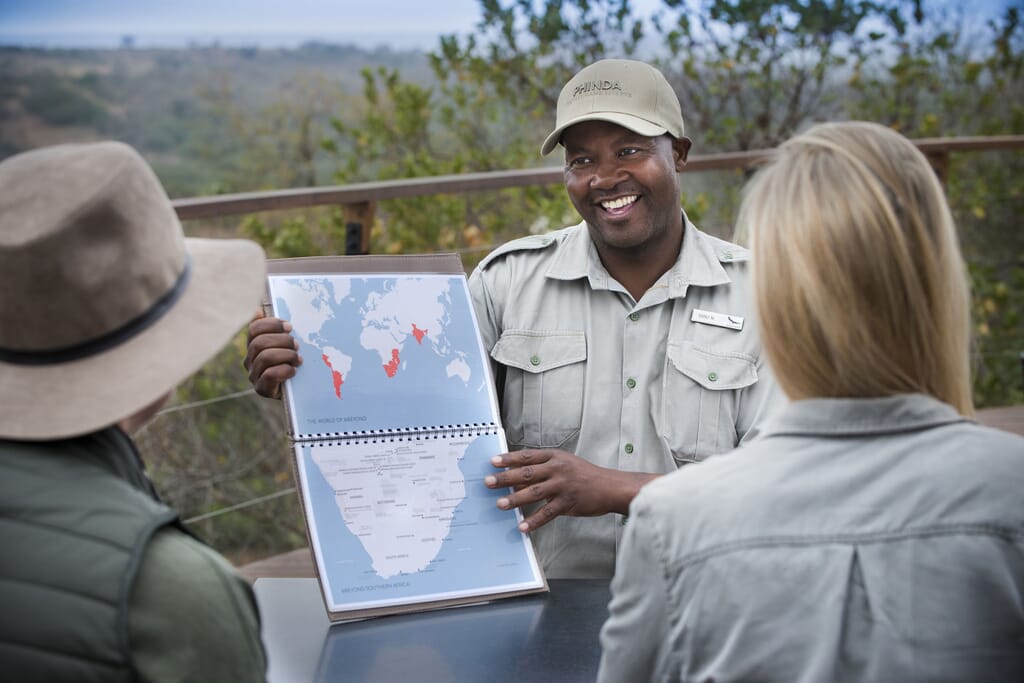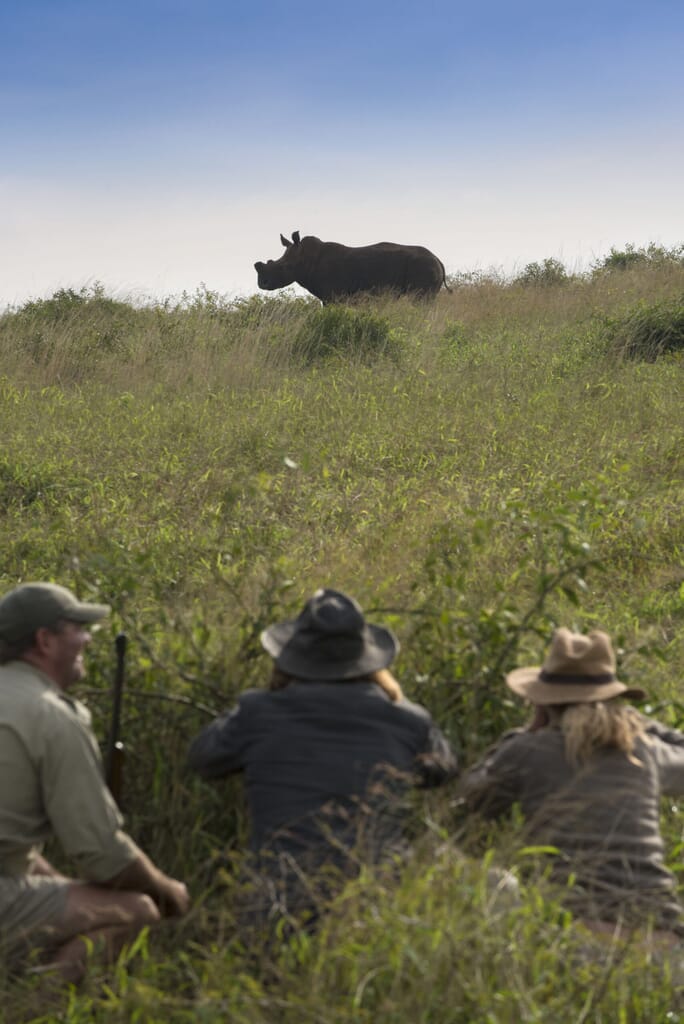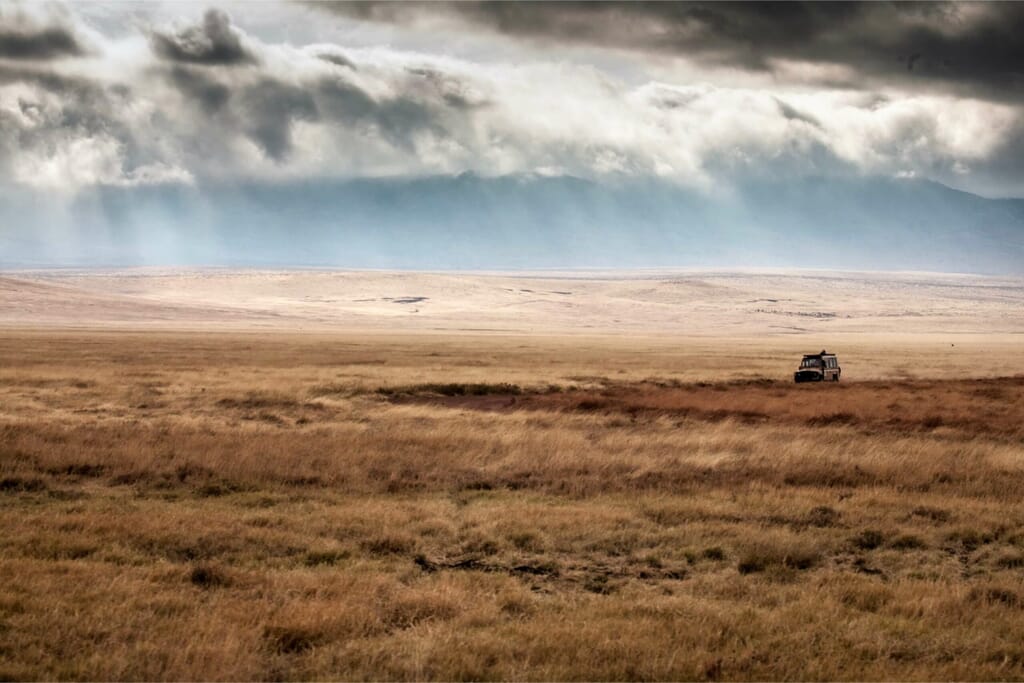Where is Queen Elizabeth National Park?
The park is located in the west of Uganda and stretches from Lake George in the north east to the Virunga mountains in the south west.
The park is bisected by the Kazinga channel, which connects Lakes George and Edward. Visitors can choose to fly into Kasese to explore the north, or Kihihi for the south. We recommend arriving at one end of the park and departing from the other to really make the most of this diverse wilderness.
What to do?
Queen Elizabeth National Park is famous for its population of tree-climbing lions, who rest in fig trees. This unusual behaviour can be observed in the Ishasha area of the park in the south west.
The Kasenyi sector of the park, close to Lake George, is home to the greatest density of wildlife, including large herds of elephant, buffalo, and varied antelope, such as the Ugandan Kob.
The Kazinga channel flows from Lake George to Lake Edward, splitting the park in two. The channel is full of hippos, crocodiles, and home to a myriad bird species. A boat safari along the channel is a superb way to spend an afternoon, spotting the wildlife that wander down to the banks.
Active visitors will enjoy hiking in the Kyambura gorge, taking in the lush green vegetation of the 100m deep valley. This area is also home to a habituated chimpanzee population, which can be a great alternative to those not visiting Kibale national park.
Who should go?
We recommend Queen Elizabeth for travellers of all ages. Families, couples, solo travelers, and groups, will all find activities to enjoy and suitable accommodation.
The dry season of July to October offer the best opportunities for spotting lions, as the grass is at its shortest. All animals tend to be more active at this time. However, due to an equatorial, high-altitude climate, there is no bad time to travel. The best time to visit will depend on what suits you. Some areas are harder to traverse in the rainy period of March to May, and it does get hot and humid during the day.
